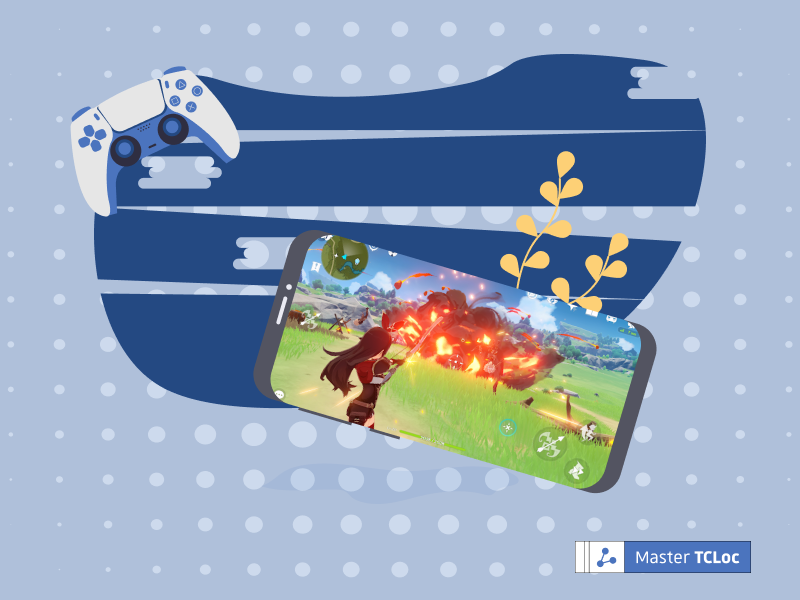The essence of localization is the recreation of game content. This mainly involves adapting the game to the linguistic and cultural requirements and appeal of a particular region and its target audience. In this blog post, we will provide a quick guide for video game developers from China on how to achieve global success through game localization and culturalization.
Language is important but not everything
One should always follow the intonation and presentation habits of the target language. An example is the localization of game instructions. On the one hand people in Western countries will expect politeness in language expressions, like “Please press the button”. On the other hand, e.g., Russian speakers would appreciate a more direct way of expression, therefore the usage of the word “please” is not necessary in such cases and should be removed in the localization process.
Always keep in mind that you are localizing the game for local players from other countries. The moment they open the game and see the game text or listen to the narratives, it should give them the feeling of a native voice ringing in their ears, and not some foreign-sounding words they do not understand.
Culturalization as a key factor
Games based on specific Chinese historical settings can be tricky to localize because they usually involve a lot of Chinese culture. These games are designed for Chinese gamers, who usually have some knowledge of ancient Chinese culture and may enjoy experiencing the Chinese historical and cultural elements in a game. However, this cultural familiarity may often not be the case for the majority of Western gamers.
An example is the famous “Four Symbols” of ancient Chinese culture, which often represent direction in many Chinese games: They are the Azure Dragon (East), the Vermilion Bird (South), the White Tiger (West), and the Black Tortoise (North). Most of the Western players would not be able to understand what they represent, so in the process of localization, you need to consider either explaining more in-depth or replacing the symbols into something that is more familiar to players form target countries.
Think twice about “naming”
Localization also requires careful consideration of in-game items, characters, and locations, which may need to be studied and adapted to suit the target audience.
For example, a common game figure in many Chinese games is the famous “孙悟空 (Sun Wukong, pictured)” from the 16th century Chinese novel “Journey to the West”. While this character is familiar to most Chinese players, this may not be the case for target markets. The usage of Pinyin (“Wukong”) alone may not give target audiences the whole essence of the figure, so, one needs to add more explanations in the name e.g., “Wukong – The Monkey King” to provide more insight into this figure.
User interface (UI) always in mind
Chinese characters are very short, thus more information can be displayed on the user interface. However, 2-3 Chinese characters translated into a European language can take up to 20 characters.
So here a typical problem arises: the translated text does not fit. One solution would be to shorten the translation, e.g., to use the term Might/BP (Battle Power) for the term battle power or combat power. But it’s even trickier for other Western languages. English is probably the most compact European language, while texts in Spanish, German, and Russian are sometimes even 30% longer than simplified Chinese.
Therefore, when localizing games from Chinese, it is very important to keep the game interface scalable, as this leaves room for longer words in other languages.
By understanding cultural differences, adapting content, and focusing on the user interface, developers can have their games localized to resonate with international audiences. With the right approach and attention to detail, game developers from China can achieve success in international markets and re-create their games that are loved by gamers worldwide.
If game localization interest you, you might also want to read our article on the challenges of localizing historical video games.



